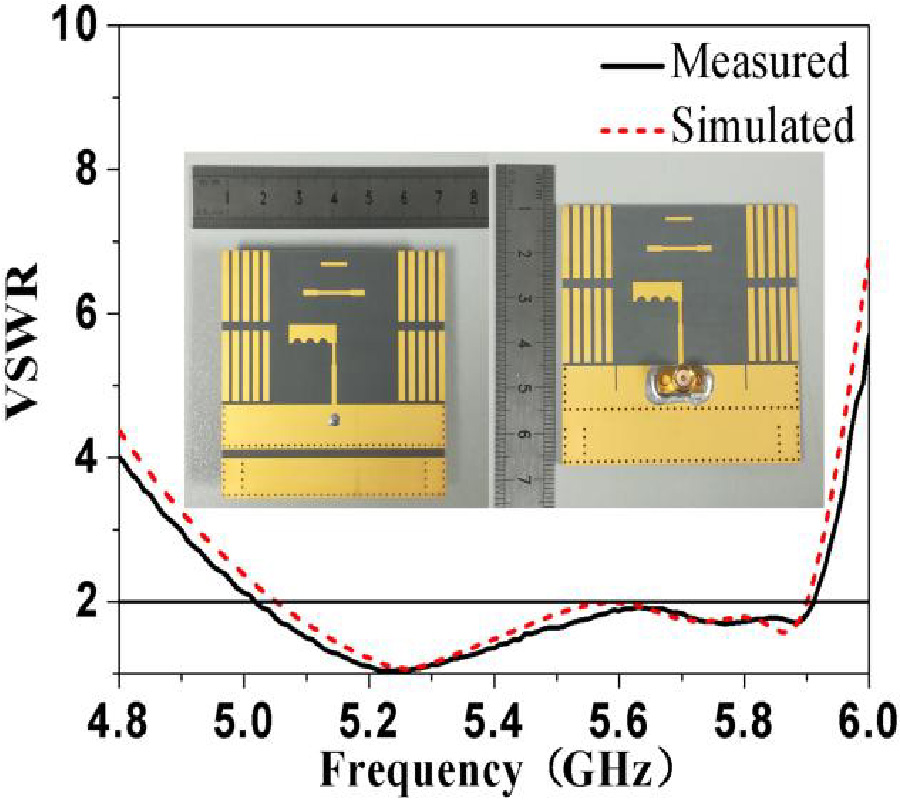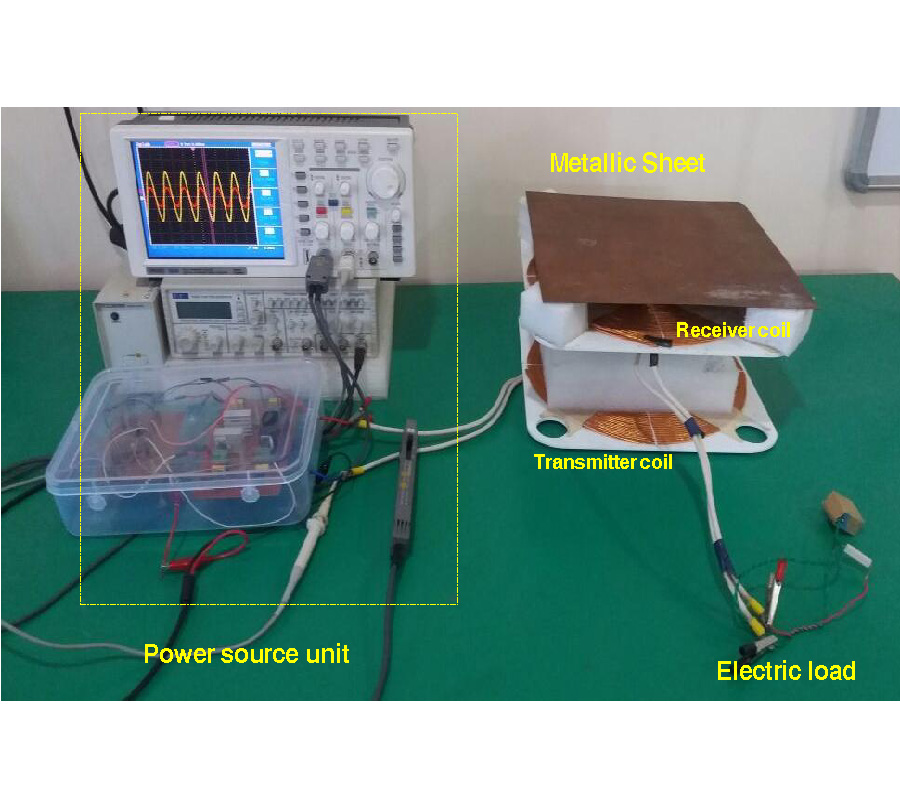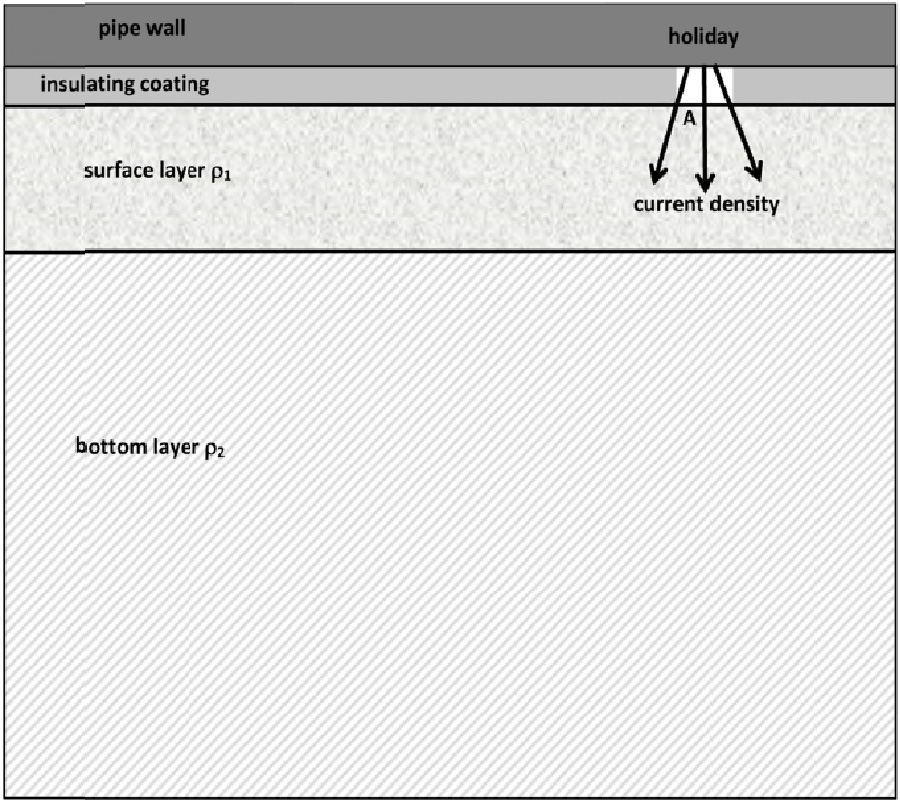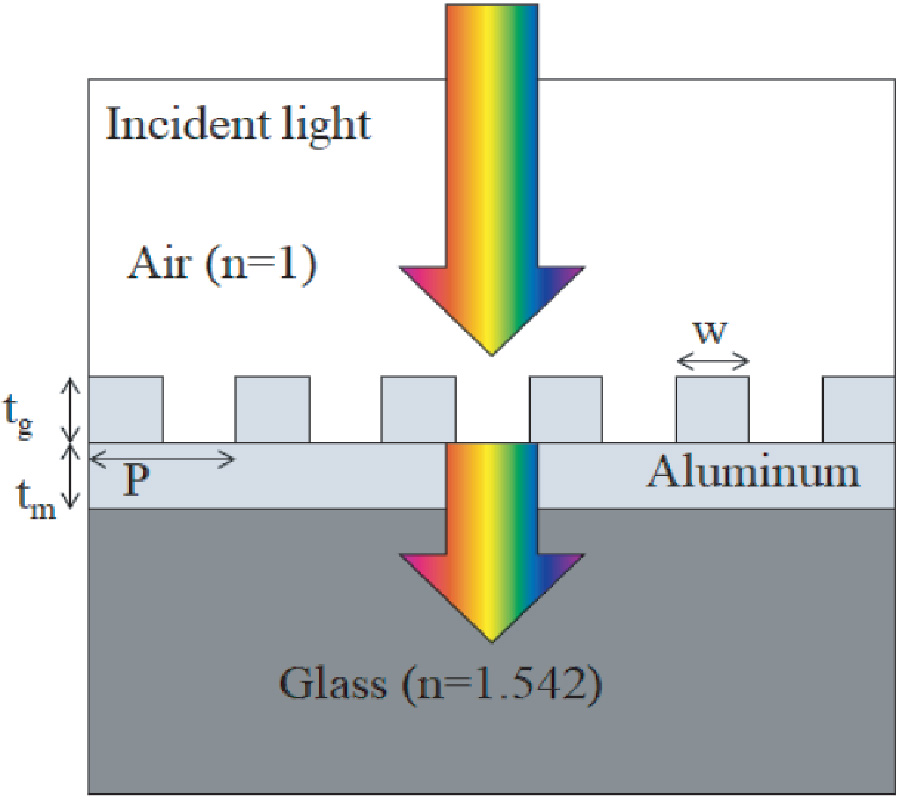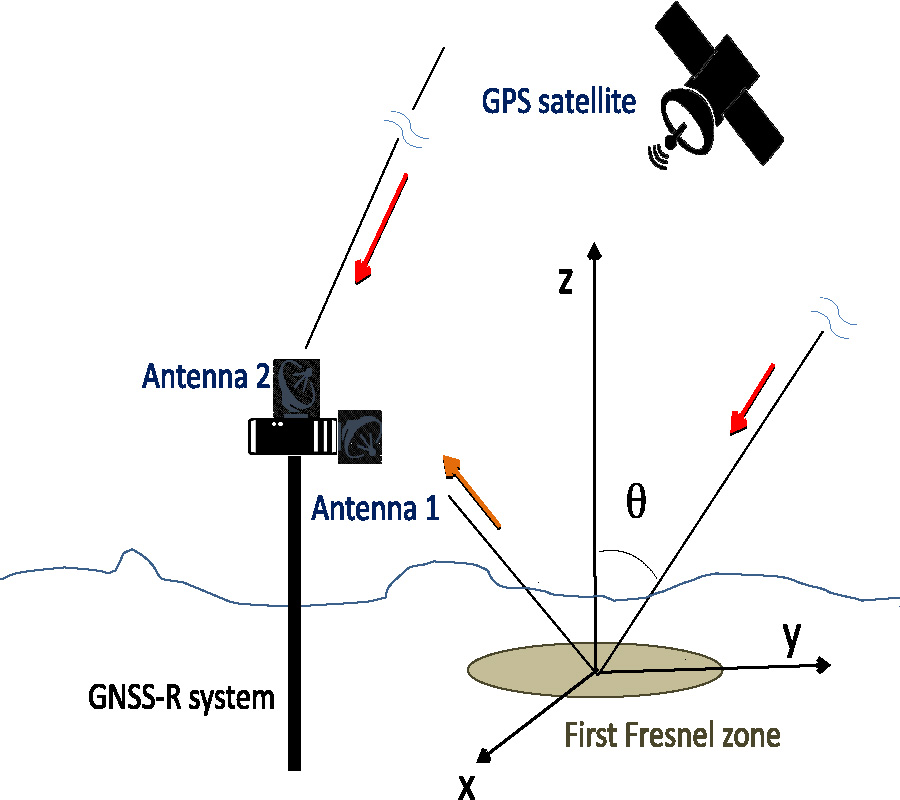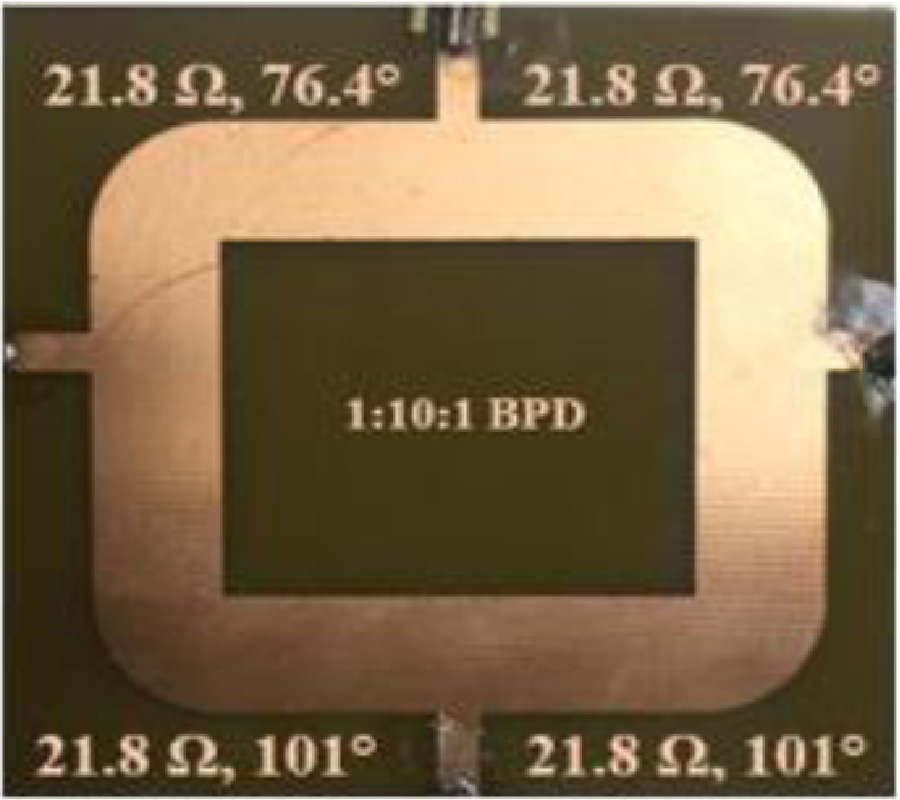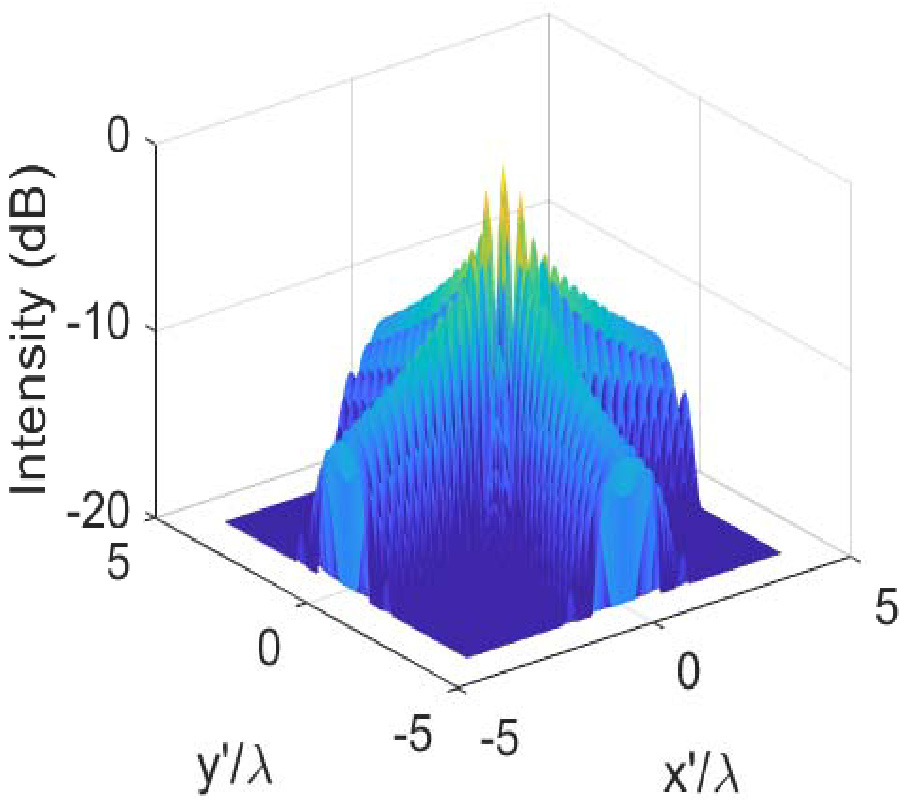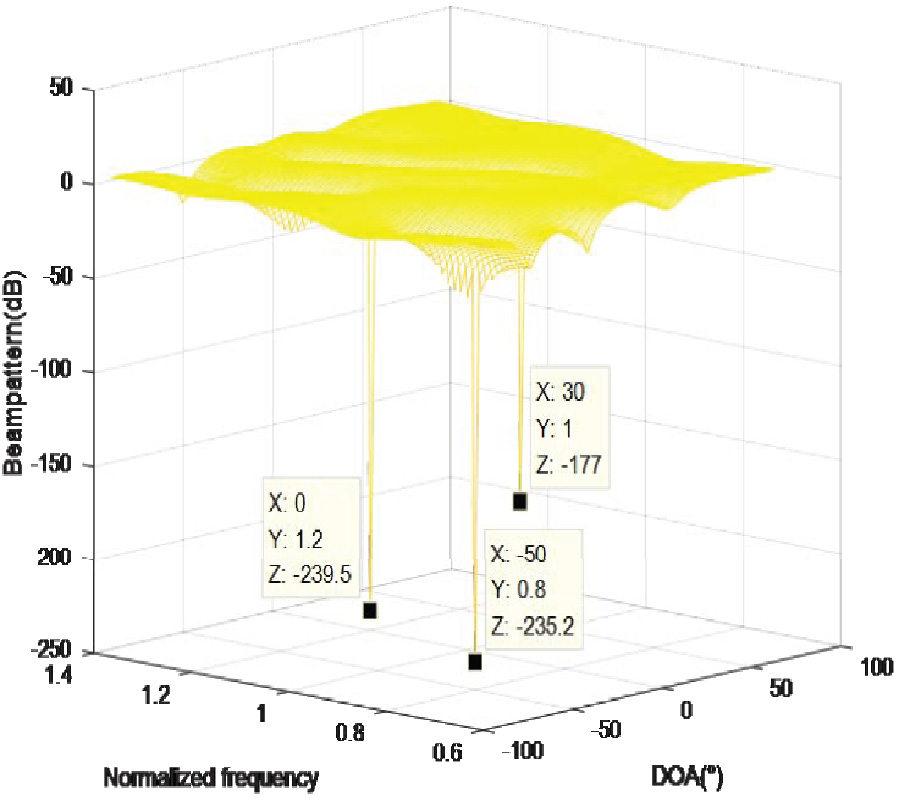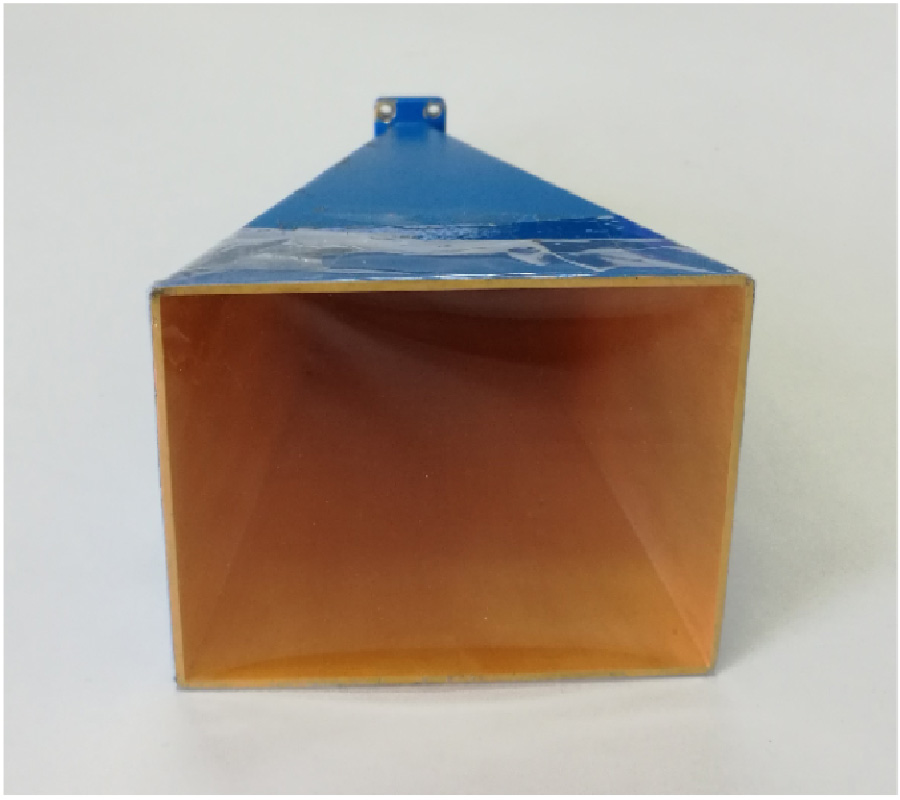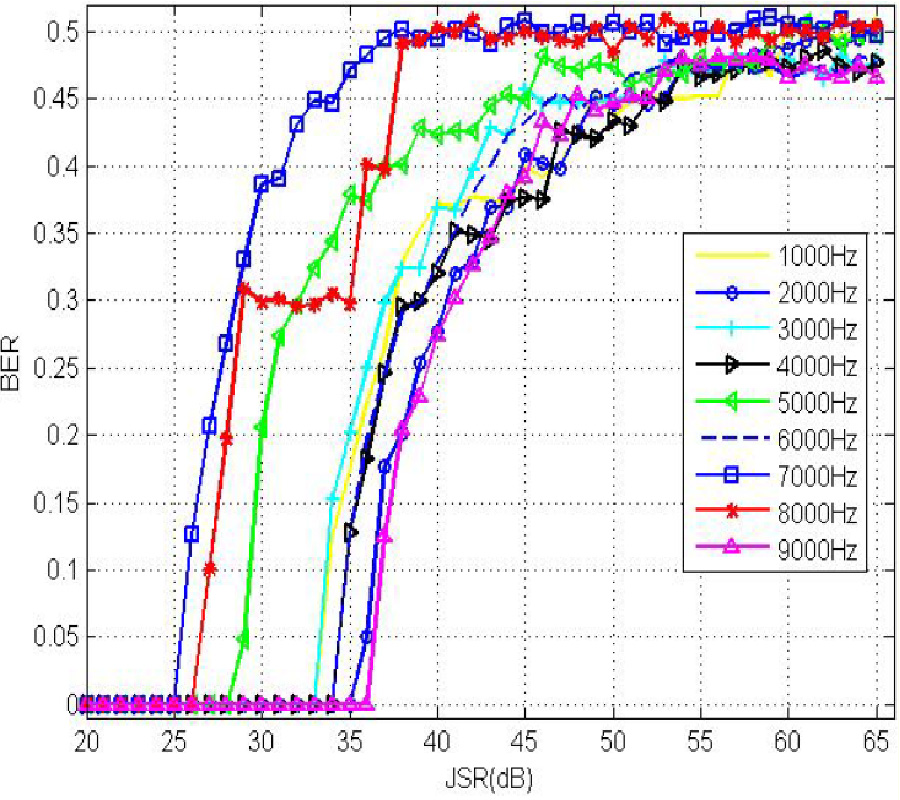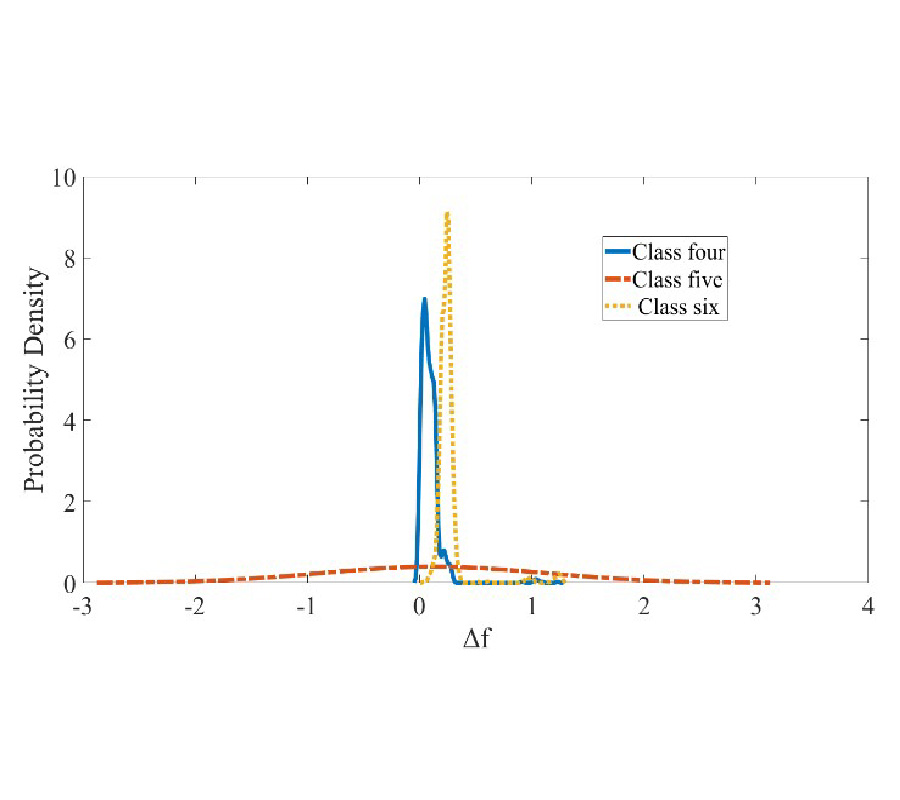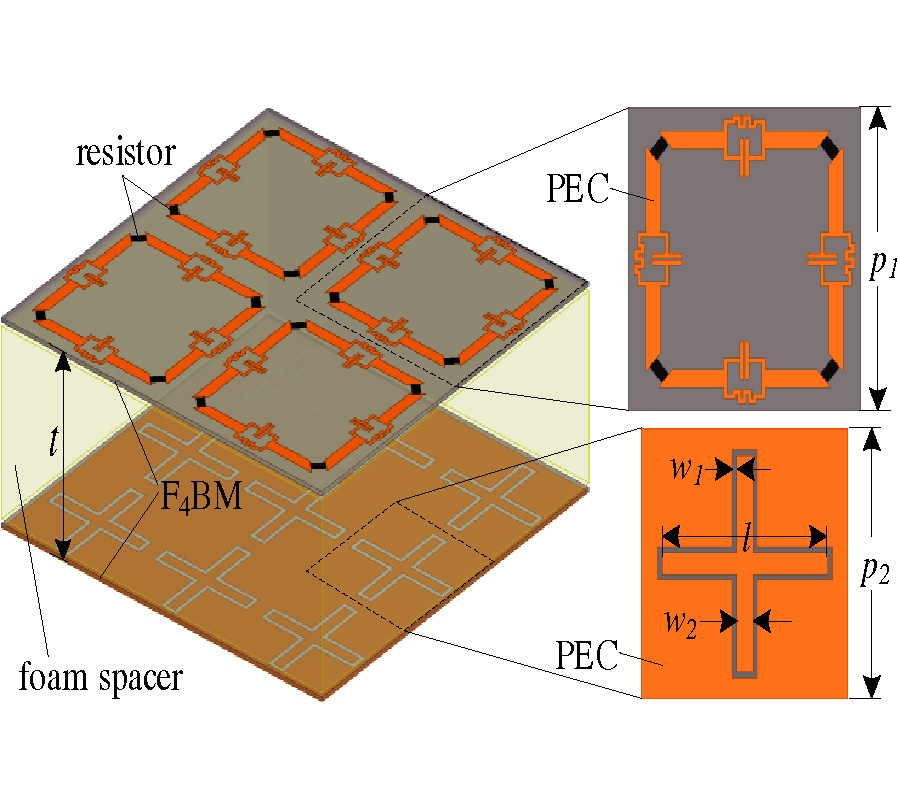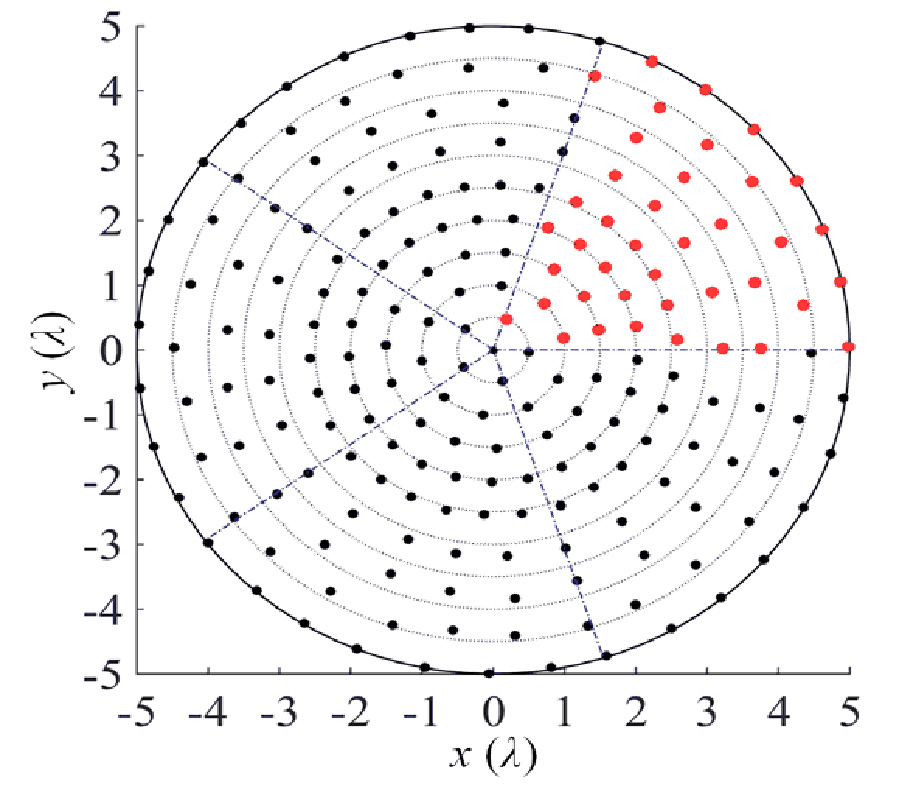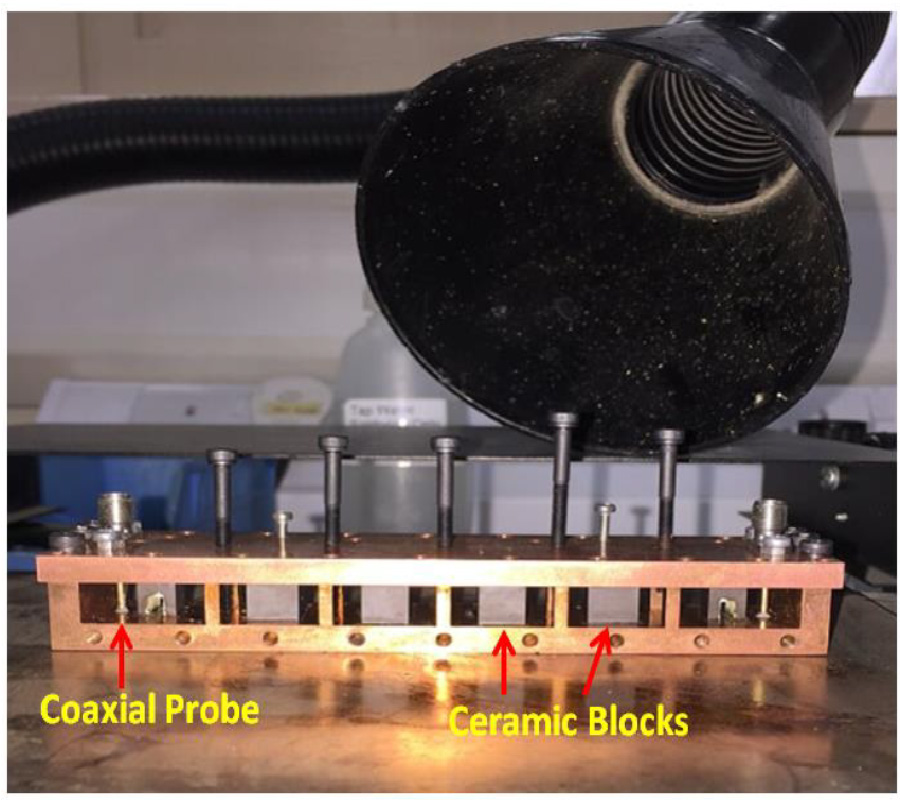Single-Tone Interference Method Based on Frequency Difference for GPS Receivers
Ruiyan Du
,
Ling Yue
,
Shuai Yao
,
Dandan Zhang
and
Yadong Wang
Global Positioning System (GPS) is an excellent application example of satellite communication technology. And it is widely used in navigation, measurement, and time service. However, GPS receivers are vulnerable to unintentional interference or jamming because they rely on external radio frequency (RF) signals. RF interference signals can result in degraded navigation accuracy or complete loss of receiver tracking. Thus, GPS receivers have anti-jamming ability to relieve the effect of interference or jamming. In order to improve the anti-jamming performance of GPS receiver, it is of great theoretical significance and practical application value to study the influence of interference on GPS receiver. To this end, this paper investigates the performance of integrator in the presence of single-tone interference in GPS receiver, and a single-tone interference method based on frequency difference is proposed. Specifically, the analytical relationship between single-tone interference and integrator output is given. Then, it shows that the output of integrator depends not only on the power of single-tone interference but also on the frequency difference between single-tone interference and GPS signal. Finally, the vulnerability of integrator or GPS receiver to the presence of interference increases if the frequency difference satisfies the specific condition. Simulation results show that the proposed method is able to improve the chip error rate in GPS receiver.
